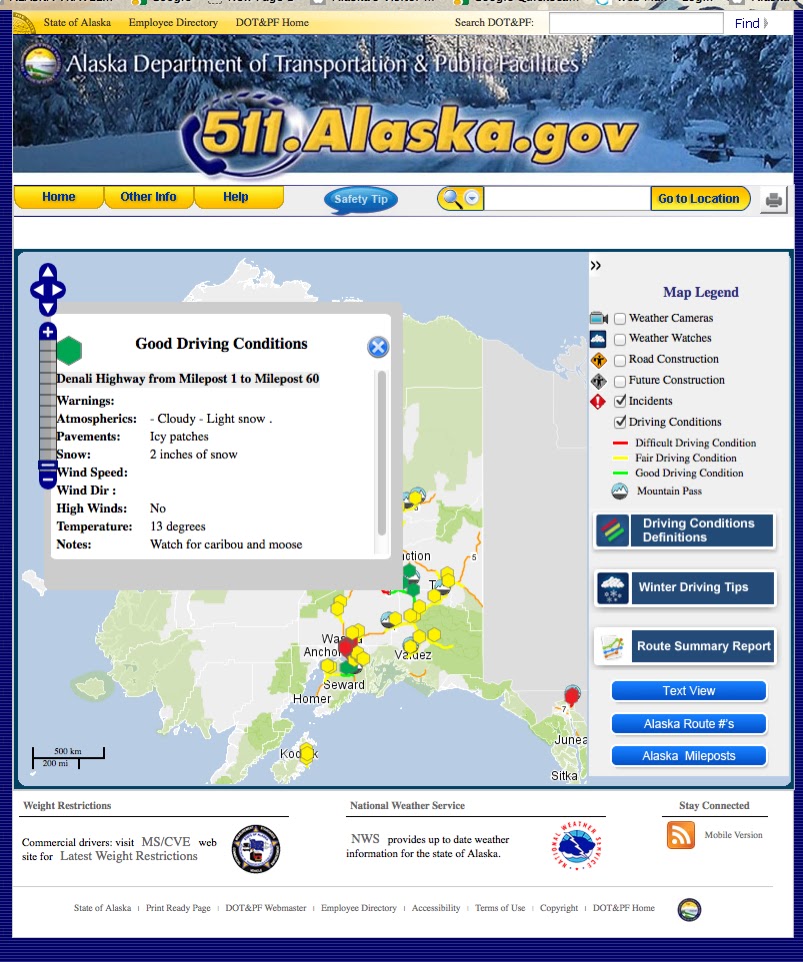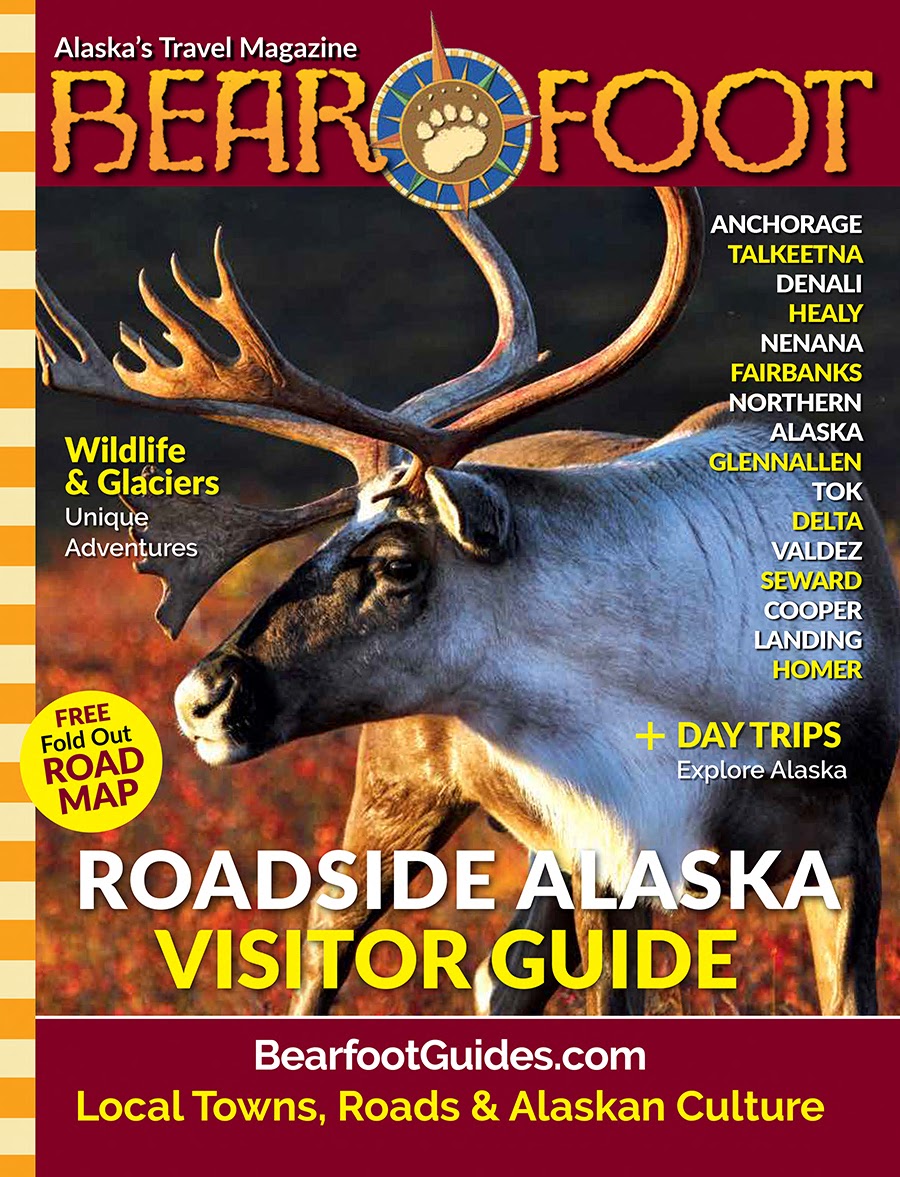The First 4th Of July In The Copper River Valley
BEAT THE PAN LOUDLY! How The 4th Of July Arrived In The Wilds Of Alaska Doc Billum. (Historic photo) In the summer of 1898, the fi...
https://www.countryjournal2020.com/2020/06/the-first-4th-of-july-in-copper-river.html
BEAT THE PAN LOUDLY!
How The 4th Of July Arrived In The Wilds Of Alaska
 |
| Doc Billum. (Historic photo) |
In the summer of 1898, the first 4th of July in the Copper Valley was celebrated at Klutina Lake, north of Valdez. At the time, Alaska was not a state. Alaska wasn't even a territory. It was simply known as the "District" of Alaska. But – it was already "America." And it was full of American gold miners, who had come north in search of untold wealth.
CELEBRATION OF SURVIVAL
There were hundreds of men at Klutina Lake, camped along the shore, busy whipsawing spruce trees into crude boats. They had started their journey, early in the spring, at Valdez, and had laboriously slogged, for months, through deep snow over the Valdez Glacier, pulling a total of up to a ton of gear and food apiece. By early July, they had already survived frostbite, strained muscles, twisted ankles, crevasses, hypothermia and avalanches.
For the time being, on this 4th of July in Alaska, they were safe. (If not a little crazed; a condition that would only become worse in the upcoming summer.)
"A ROAR OF FIREARMS"
The sun was due to rise at Klutina Lake at 4:04 am on Independence Day. It had set the night before, at 11:25 pm, and it was still light half an hour later at midnight, when the anxious, hopeful survivors of the Valdez Glacier revved up their patriotic fervor and began celebrating Independence Day, far from home, in a harsh and alien land.
Charles Margeson, who was there at the time, wrote about the midnight revelries. "It seemed that every man who was in the possession of a gun of any kind began to celebrate by wasting cartridges in the air," he wrote, "and for five minutes there was such a roar of firearms as I feel safe in saying was never heard in this section before."
It was all in honor of the nation, of course. But you can't help but think that this first Independence Day was actually a frantic celebration of the very fact that they were still alive after crossing the deadly glacier. "Many remained up all night," commented Margeson, "and passed the time by keeping every one else awake also. The hundred guns planned for a sunrise salute was so enlarged upon that it came much nearer to one thousand."
MARCHING BACK AND FORTH
And then there was the parade – a 4th of July Alaskan parade like few others. For one thing, there were no spectators. Everyone was a participant. "The men marched and countermarched back and forth along the trail which led through the village of tents, each carrying some article used in camp life."
BECOMING "AMERICA"
By 1909, the indigenous people of the country, such as Doc Billum, who ran a popular ferry for the miners, had begun to integrate the American flag and the 4th of July into their own lives. Miners had dragged all sorts of things into the region. Some items were practical, others less so: top hats, tobacco, massive pots and pans, huge American flags… and the Ahtna people repurposed them in their daily life and commerce. By 1912, when Alaska became a territory, the trappings of this surprising, new and colorful culture had already become part of local life.
On July 7th 1958, a few days after Independence Day, President Dwight D. Eisenhower signed Alaska Statehood Bill H.R. 7999 into law.
Copyright © 2013-2025, Copper River Country Journal















